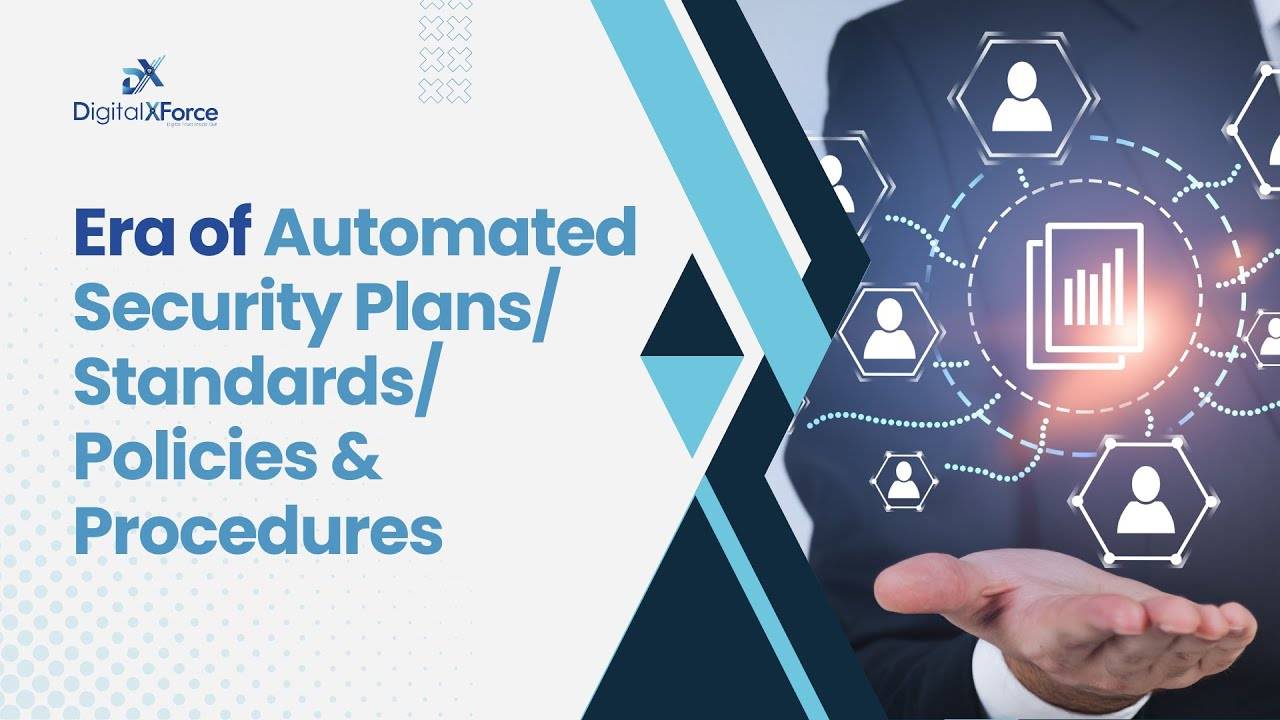In the ever-evolving landscape of cybersecurity threats, ransomware attacks have emerged as one of the most pervasive and damaging menaces on the web. These malicious campaigns encrypt critical data, holding it hostage until a ransom is paid, causing havoc for individuals and businesses alike.
In this article, we will delve deep into the world of ransomware, exploring its definition, types of attacks, findings from Verizon’s 2023 Data Breach Report, the data hackers target, industries most vulnerable, reasons behind the rise in 2023, effective mitigation strategies, and the importance of proactive cybersecurity measures.
What is Ransomware?
Ransomware is a form of malicious software that infiltrates computer systems or networks and encrypts files, rendering them inaccessible to the legitimate users. Cybercriminals behind ransomware attacks then demand a ransom, usually payable in cryptocurrency, in exchange for providing the decryption key.
The attackers’ objective is to extort money from individuals, organizations, or even government entities, leveraging the value of the data they hold hostage.
Types of Ransomware Attacks
Encrypting Ransomware: The most common form, this attack encrypts files and demands a ransom to decrypt them. Examples include infamous strains like WannaCry and Ryuk.
Locker Ransomware: Rather than encrypting data, locker ransomware locks the victim out of their system entirely, preventing access to any files or applications.
Doxware or Leakware: This ransomware takes it a step further by not only encrypting data but also threatening to leak sensitive information unless the ransom is paid, adding a potent blackmail element.
Ransomware-as-a-Service (RaaS): RaaS enables less tech-savvy criminals to execute ransomware attacks, as they can purchase pre-packaged ransomware and distribute it, sharing profits with the developers.
Ransomware Attacks In The Lens of Verizon’s 2023 Data Breach Report
Verizon’s 2023 Data Breach Report highlights the severity of ransomware attacks, revealing trends and patterns from 16,312 incidents. The report indicates that the majority of these attacks were financially motivated, and cybercriminals continue to refine their techniques, evading traditional security measures.
Additionally, it points out that the healthcare, finance, and manufacturing sectors faced a significant surge in ransomware attacks.
Top-tier Data Types Targeted by Hackers
Hackers target various types of data to maximize the potential payout from their ransomware attacks:
Personal Identifiable Information (PII): Social security numbers, addresses, and other sensitive PII can be sold on the dark web or used for identity theft.
Financial Data: Banking information, credit card details, and financial records are lucrative targets for ransomware attackers.
Intellectual Property (IP): Businesses with valuable intellectual property may fall victim to ransomware attacks, as cybercriminals threaten to leak or sell proprietary information.
Healthcare Records: Patient data is highly sought-after by attackers targeting healthcare providers due to the sensitive nature of medical information.
Industries Suffering The Most Ransomware Attacks
Healthcare: Hospitals and healthcare institutions are prime targets due to the critical nature of patient data, which can be life-threatening if not readily accessible.
Financial Services: Financial institutions hold vast amounts of sensitive customer data and valuable assets, making them attractive targets.
Government: Government agencies often store classified or confidential information, making them a significant target for ransomware attackers.
Education: Educational institutions may have valuable research data and personal information on students and staff.
Manufacturing: Disruptions in manufacturing processes can cause significant financial losses, making this sector vulnerable to ransomware attacks.
Why There is a Rise of Ransomware Attacks in 2023
Several factors contribute to the rise of ransomware attacks in 2023:
Remote Work: The shift to remote work due to the COVID-19 pandemic has expanded the attack surface, making it easier for cybercriminals to target individuals and unsecured home networks.
Ransomware-as-a-Service (RaaS): The commodification of ransomware has lowered the entry barrier, allowing less experienced hackers to launch sophisticated attacks.
Cryptocurrency Payments: The use of cryptocurrencies as ransom payments provides anonymity to attackers, making it difficult for law enforcement to track and apprehend them.
Sophisticated Techniques: Cybercriminals have honed their tactics, such as phishing emails and exploiting unpatched software, to improve the success rate of attacks.
How to Mitigate Ransomware Attacks
Mitigating ransomware attacks requires a proactive and multi-layered approach:
Regular Backups: Maintain secure and up-to-date backups of critical data to minimize the impact of ransomware attacks.
Security Awareness Training: Educate employees about phishing and social engineering tactics to reduce the chances of successful ransomware infiltration.
Patch Management: Regularly update software and firmware to fix vulnerabilities that attackers may exploit.
Network Segmentation: Isolate critical systems from less secure networks to prevent the spread of ransomware.
Endpoint Protection: Deploy robust endpoint protection solutions to detect and block ransomware threats.
Incident Response Plan: Develop a comprehensive incident response plan to minimize the damage in case of a ransomware attack.
Conclusion
Ransomware attacks have become a significant cyber threat in 2023, targeting individuals and industries worldwide. As cybercriminals refine their techniques and target critical sectors, it is crucial for individuals and organizations to stay vigilant and adopt proactive cybersecurity measures.
By understanding the nature of ransomware, implementing effective mitigation strategies, and fostering a culture of security awareness, we can collectively defend against the menace of ransomware and safeguard our digital assets



